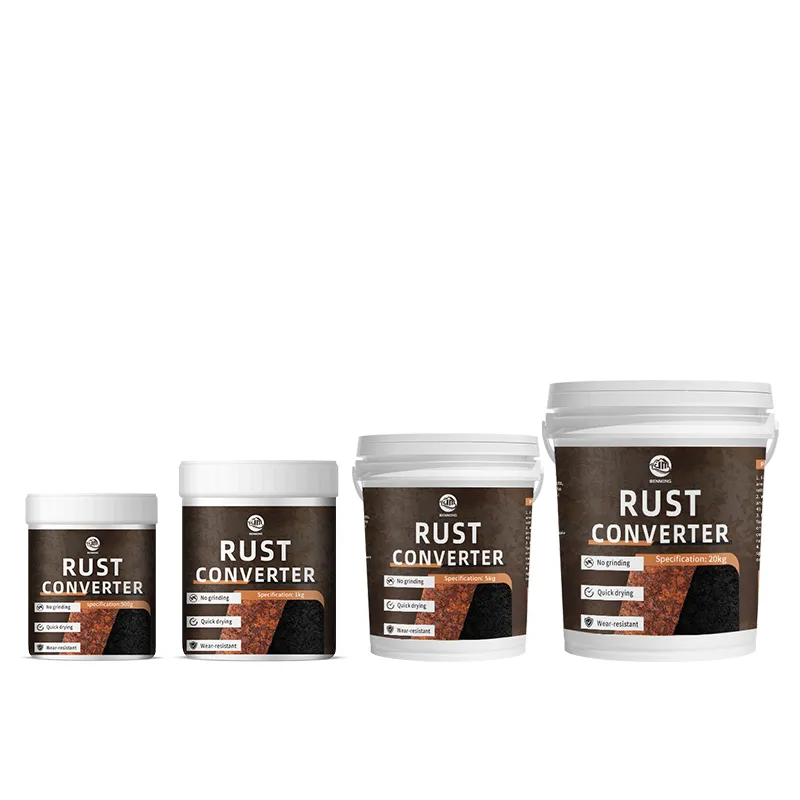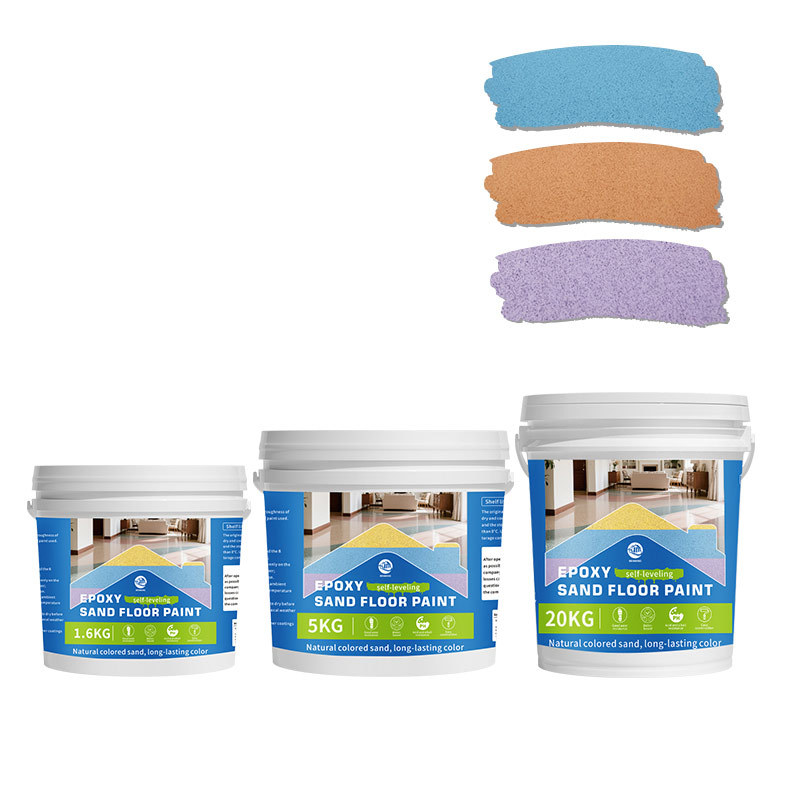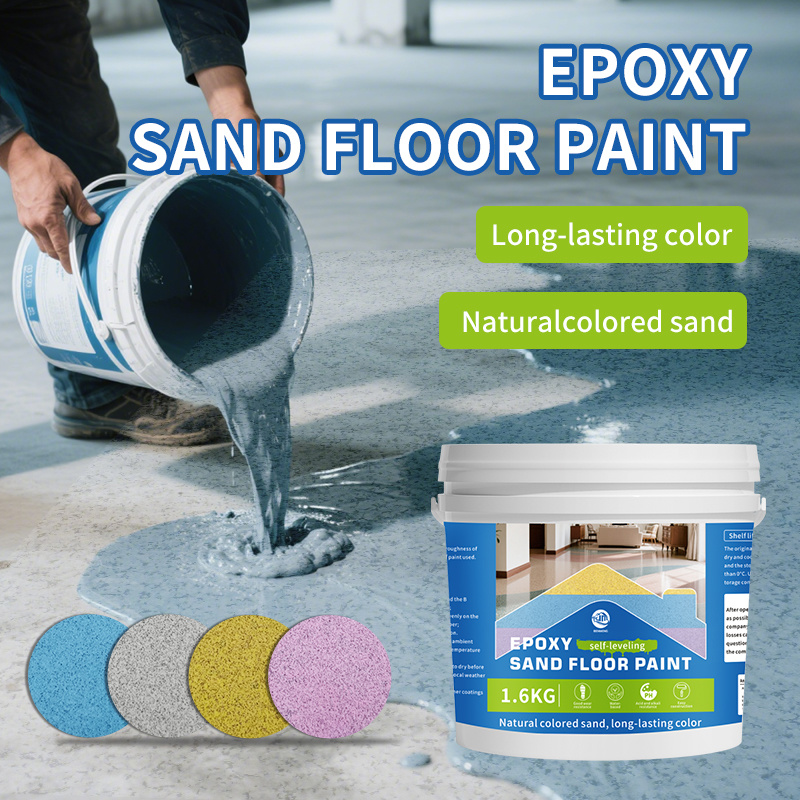Transforming Surfaces: The Power of Odorless Rust Converters
Aug 18,2025
Transforming Surfaces: The Power of Odorless Rust Converters
Table of Contents
- 1. Introduction to Odorless Rust Converters
- 2. What is a Rust Converter?
- 3. The Importance of Odorless Options in the Chemical Industry
- 4. Advantages of Using Odorless Rust Converters
- 5. Effective Application Techniques for Odorless Rust Converters
- 6. Environmental Considerations and Safety
- 7. Case Studies: Successful Transformations with Odorless Rust Converters
- 8. Frequently Asked Questions
- 9. Conclusion
1. Introduction to Odorless Rust Converters
Rust is a pervasive problem that affects metal surfaces, leading to corrosion and deterioration over time. In industries where aesthetics and safety are paramount, addressing rust effectively and efficiently becomes crucial. **Odorless rust converters** have emerged as a game-changer, providing not only effective rust treatment but also a user-friendly experience that minimizes health risks associated with traditional rust removers. This article delves into the benefits, applications, and considerations related to these innovative products, aiming to provide comprehensive insights for professionals in the chemical and coatings industry.
2. What is a Rust Converter?
A rust converter is a chemical solution designed to transform rust into a stable, paintable surface. It typically contains tannic acid, which reacts with iron oxide (rust) to convert it into ferric tannate, a black, protective layer. This layer prevents further corrosion and prepares the surface for painting or sealing. **Odorless rust converters** enhance this process by eliminating the harsh smells commonly associated with traditional rust treatments, making them suitable for indoor applications and projects requiring minimal disruption.
2.1 Types of Rust Converters
Rust converters can generally be classified into two categories: **odorless** and **traditional**. While both serve the same primary purpose of converting rust, odorless variants stand out by offering a safer and more pleasant user experience.
3. The Importance of Odorless Options in the Chemical Industry
The chemical industry is increasingly prioritizing safety and environmental impact. Odorless rust converters align with these priorities, providing a safer alternative for workers and consumers. High concentrations of volatile organic compounds (VOCs) in traditional rust converters can pose health risks, especially in enclosed spaces. Thus, odorless formulations not only enhance user comfort but also comply with stricter environmental regulations.
4. Advantages of Using Odorless Rust Converters
Employing odorless rust converters offers several advantages:
4.1 Enhanced User Experience
The lack of strong odors makes these converters suitable for indoor use, allowing for renovation and restoration projects to continue without unpleasant smells disrupting the environment.
4.2 Health and Safety
Odorless options significantly reduce the risk of respiratory issues associated with inhaling harsh chemicals. This is particularly important in industries where workers are regularly exposed to such products.
4.3 Wide Applicability
These converters can be used on various surfaces, including metal, concrete, and wood, making them versatile for different projects, from automotive to home renovation.
4.4 Time Efficiency
Odorless rust converters often dry faster than their traditional counterparts, allowing for quicker project turnaround. This efficiency is particularly advantageous in commercial settings where time equals money.
4.5 Environmentally Friendly
The formulation of odorless rust converters typically involves lower VOC levels, making them more environmentally friendly and compliant with regulations.
5. Effective Application Techniques for Odorless Rust Converters
Proper application is critical to achieving the desired results when using odorless rust converters. Here are some essential techniques for effective use:
5.1 Surface Preparation
Before applying any rust converter, proper surface preparation is vital. This may involve cleaning the surface thoroughly to remove dirt, grease, and loose rust. Wire brushing or sanding can be effective in ensuring good adhesion.
5.2 Application Methods
Odorless rust converters can be applied using various methods, including brushes, rollers, or spray equipment. The choice of application method may depend on the size and complexity of the project. For larger areas, spraying can ensure an even coat, while brushes may be better for detailed work.
5.3 Layering and Coating
After applying the rust converter, it is essential to allow the correct drying time before adding additional layers or paint. Follow the manufacturer's guidelines for optimal results. In many cases, a single coat may suffice, but additional layers can enhance protection.
6. Environmental Considerations and Safety
The use of odorless rust converters aligns with contemporary environmental practices. These products often contain fewer harmful substances, reducing the ecological footprint. However, proper disposal of materials and adherence to safety protocols remains essential. Always read the safety data sheets (SDS) and follow local regulations regarding chemical usage and disposal.
7. Case Studies: Successful Transformations with Odorless Rust Converters
Numerous applications of odorless rust converters illustrate their effectiveness in various industries:
7.1 Automotive Restoration
A classic car restoration project utilized an odorless rust converter to treat extensive rust on the vehicle’s frame. The converter successfully transformed the rust into a stable surface, allowing for a high-quality paint finish without any unpleasant odors, leading to a satisfied customer experience.
7.2 Industrial Application
An industrial facility faced challenges with rust on machinery that operated indoors. By switching to odorless rust converters, they improved worker comfort and reduced downtime, as employees no longer had to deal with strong chemical smells during maintenance tasks.
8. Frequently Asked Questions
8.1 What is the difference between a rust converter and a rust remover?
A rust converter chemically transforms rust into a stable compound, while a rust remover typically eliminates rust entirely through abrasive or chemical means.
8.2 Can I paint over an odorless rust converter?
Yes, once the converter has dried completely, it can serve as a base for paint or other coatings.
8.3 Are odorless rust converters effective on all metals?
While primarily designed for ferrous metals, many odorless rust converters can also work on non-ferrous metals; always check the product specifications.
8.4 How long does it take for an odorless rust converter to dry?
Drying times vary by product; however, many odorless rust converters dry within 1 to 2 hours under normal conditions. Always refer to the manufacturer's instructions.
8.5 Is it safe to use odorless rust converters indoors?
Yes, one of the key benefits of odorless rust converters is their suitability for indoor use, as they minimize respiratory risks associated with strong chemical fumes.
9. Conclusion
Odorless rust converters represent a significant advancement in rust management solutions, prioritizing user health, safety, and environmental responsibility. Their unique formulation not only effectively tackles rust but also facilitates a more pleasant and efficient working environment. As industries continue to evolve and prioritize sustainable practices, odorless rust converters will undoubtedly play a pivotal role in the transformation and protection of surfaces. For those seeking reliable and effective rust treatment options, investing in these innovative products is a step towards a safer, more sustainable future.
Keyword:
Latest News








